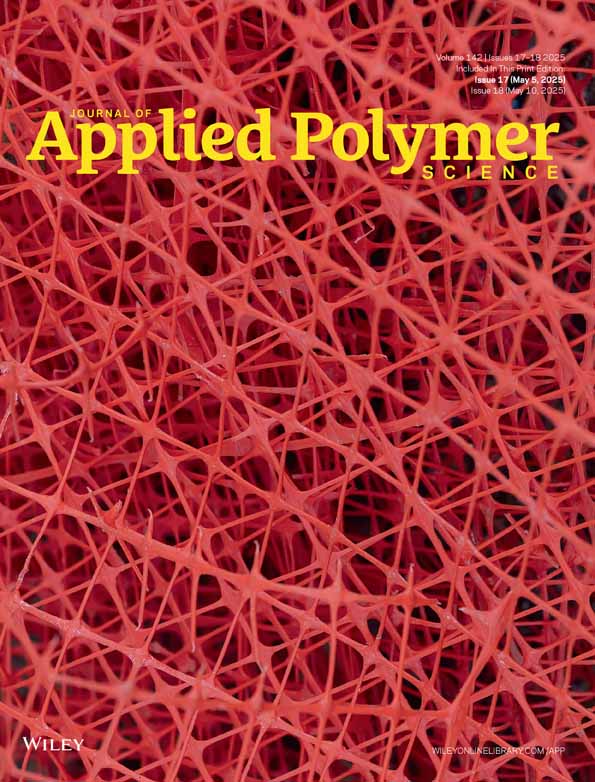High Heat Resistance and Low Dielectric o-Cresol Formaldehyde Epoxy Resin Solder Resist Containing Photocurable Small Molecular Compound Based on 3,4-Epoxycyclohexylmethyl Methacrylate
Funding: The authors received no specific funding for this work.
ABSTRACT
High heat resistance and low dielectric constant are the development trend for PCB ink. Generally, higher crosslinking density and rigid molecular structure are beneficial for improving the heat resistance, and low polarity molecules and larger three-dimensional structure are helpful for reducing dielectric constant. In this work, based on the photocurable small molecular epoxy compound 3,4-epoxycyclohexylmethyl methacrylate (TTA15), we successively grafted it with acrylic acid (AA) and 1,2,5,6-tetrahydrophthalic anhydride (THPA), named 15AT. After modification with AA and THPA, two unsaturated double bonds were introduced. In 15AT, containing three double bonds and a cyclohexyl ring, mixed as an auxiliary resin into the main resin EPT-001 (industrialized o-cresol formaldehyde epoxy resin grafted with AA and THPA products), it is obviously possible to improve the heat resistance. According to the addition mass of 15AT in total resin, 0%, 5%, 10%, 15%, and 20% were named EAT, EAT15-5, EAT15-10, EAT15-15, and EAT15-20, respectively. The results show that the introduction of 15AT increases the T g value by up to 37.1°C and also has the lowest dielectric constant (2.45), which is 0.29 lower than the original resin EAT, thereby offering a new approach to improving the properties of PCB ink.
Conflicts of Interest
The authors declare no conflicts of interest.
Open Research
Data Availability Statement
The data that support the findings of this study are available from the corresponding author upon reasonable request.




